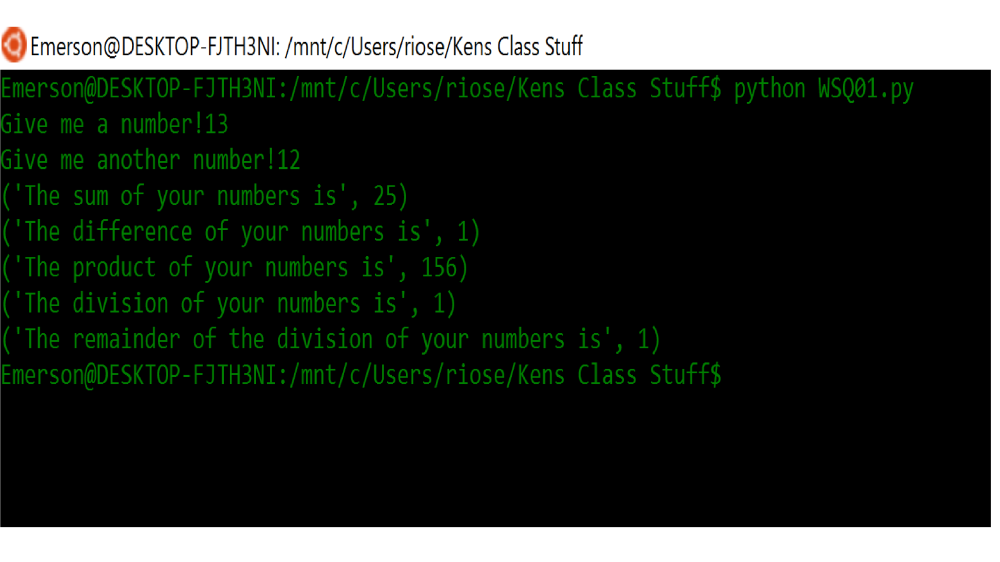--Originally published at Site Title
Una de las características de python es la importación de paquetes/módulos. Antes de explicar cómo funciona, crea esta estructura.
Para esto se tiene que crear una estructura:
1 series/2 __init__.py3 fibonacci.pyseries: es un directorio (paquete)__init__.py: es un script de python en blanco (necesario para identificar un directorio como paquete)fibonacci.py: es un script de python (módulo) con funciones (o lo que quieras)
Usar import
Se puede usar import de esta forma para importar un paquete o módulo:
|
1
|
importpackage[.subpackage.[.module]] |
Para importar el paquete series, ejecuta:
|
1
|
>>>>importseries |
Con esto se ha importado el paquete series, pero es poco útil, ya que aún no se tiene acceso al contenido del módulo fibonacci.
Para tener acceso al contenido de fibonacci, importa de esta manera:
|
1
|
>>> importseries.fibonacci |
De esta forma, es posible acceder a las funciones de fibonacci:
|
1
2
3
4
5
6
7
8
|
>>>>importseries.fibonacci>>> series.fibonacci.fibo(10) |
Esto es, en introducción, lo que es un módulo y como se usa.
Fuente: https://auraham.wordpress.com/2012/07/19/python-como-usar-import/


















